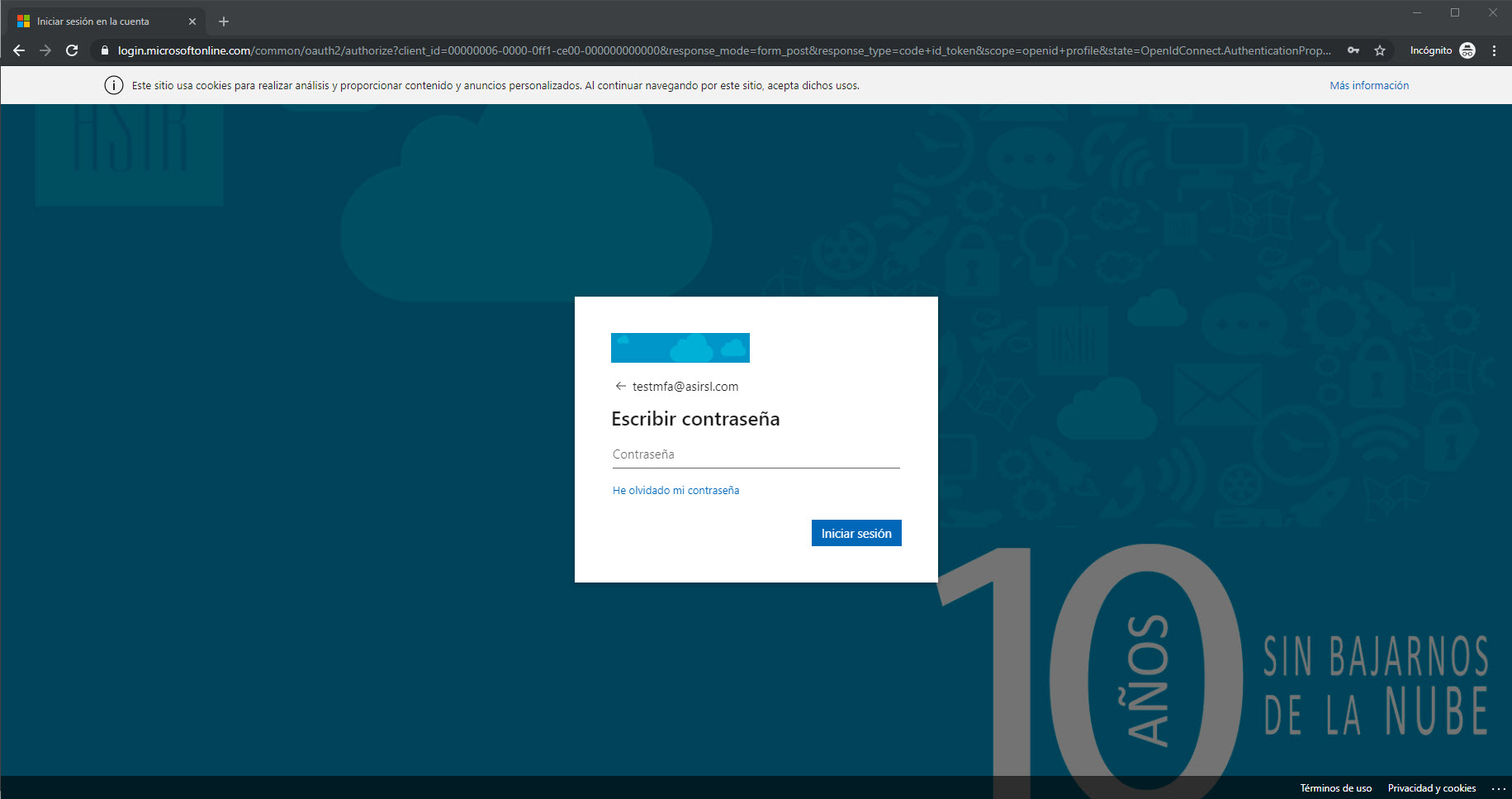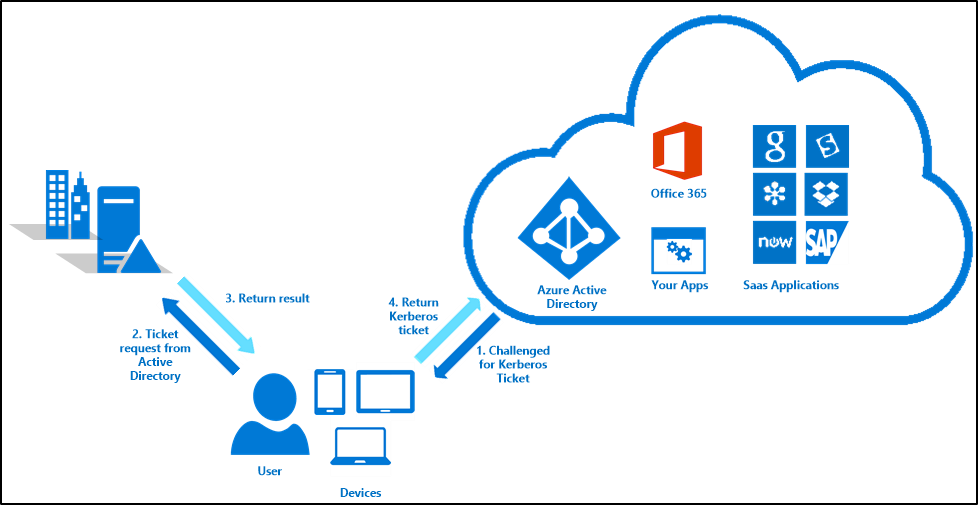

If prompted to Scan a QR code or Sign in, tap Sign in.If you do not see this option, tap the plus icon in the upper right.
 On your mobile device, tap Add work or school account. Note: You do not need to enable the Improve the app by sharing your app use data option. On the Help us improve Microsoft Authenticator screen, tap Accept to continue. On your mobile device, open the Microsoft Authenticator app. Use the link or code here to more easily find the right app. ⚠️Note: If you search the app store, the first result may be an ad. Scan the code below with your mobile device or click to download the app. Install the Microsoft Authenticator app on your mobile device. Log in securely with a quick app notification. If you have questions about multi-factor authentication or would like to find out more about implementing it within your business, get in touch with our team.Get the app for the easiest and most secure login experience. For example, some businesses may require re-authentication for all sign-ins or after a specific period of time, such as every 30 days, while others may only prompt for MFA when there is suspicious activity detected. However, the frequency of prompts can be customised by the IT administrator based on their organisation’s security needs. Perform a sensitive action, such as accessing financial or legal information. Sign in to their device from a new location. Sign in to their account from a new device. The frequency of which users are prompted for MFA in Microsoft 365 varies depending on the organisation’s settings, but typically, users are prompted when they:
On your mobile device, tap Add work or school account. Note: You do not need to enable the Improve the app by sharing your app use data option. On the Help us improve Microsoft Authenticator screen, tap Accept to continue. On your mobile device, open the Microsoft Authenticator app. Use the link or code here to more easily find the right app. ⚠️Note: If you search the app store, the first result may be an ad. Scan the code below with your mobile device or click to download the app. Install the Microsoft Authenticator app on your mobile device. Log in securely with a quick app notification. If you have questions about multi-factor authentication or would like to find out more about implementing it within your business, get in touch with our team.Get the app for the easiest and most secure login experience. For example, some businesses may require re-authentication for all sign-ins or after a specific period of time, such as every 30 days, while others may only prompt for MFA when there is suspicious activity detected. However, the frequency of prompts can be customised by the IT administrator based on their organisation’s security needs. Perform a sensitive action, such as accessing financial or legal information. Sign in to their device from a new location. Sign in to their account from a new device. The frequency of which users are prompted for MFA in Microsoft 365 varies depending on the organisation’s settings, but typically, users are prompted when they: 
In Microsoft 365, MFA is a commonly used security feature, and it can be configured by the organisation’s IT administrator to meet their specific security requirements. Multi-factor authentication (MFA) is a security feature that adds an extra layer of protection to users’ accounts by requiring them to provide two or more forms of authentication before accessing their data.







 0 kommentar(er)
0 kommentar(er)
